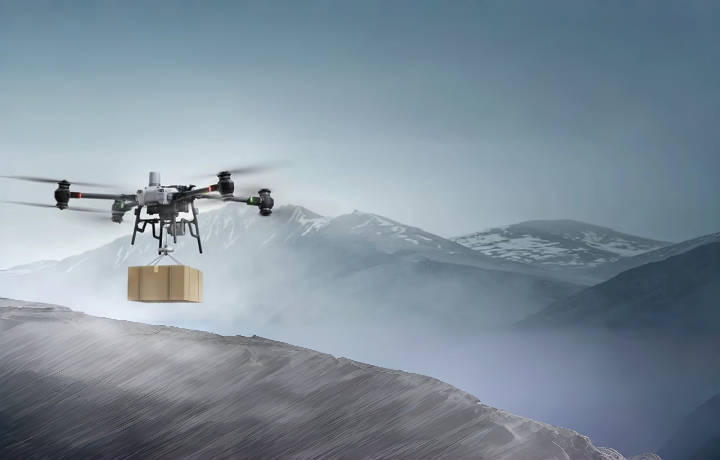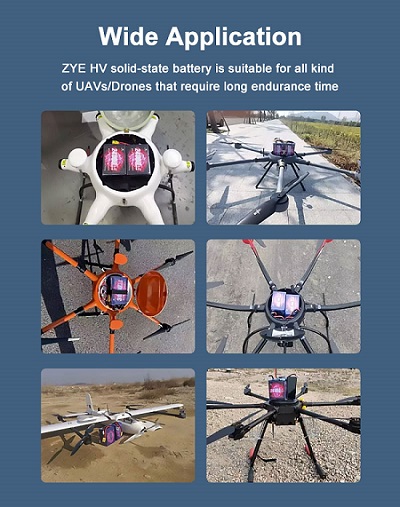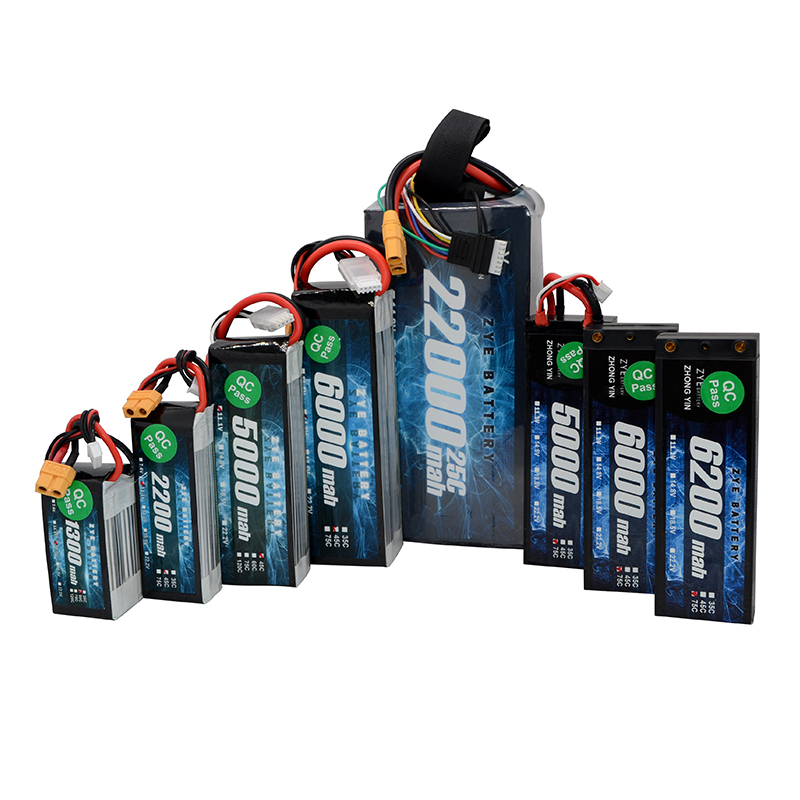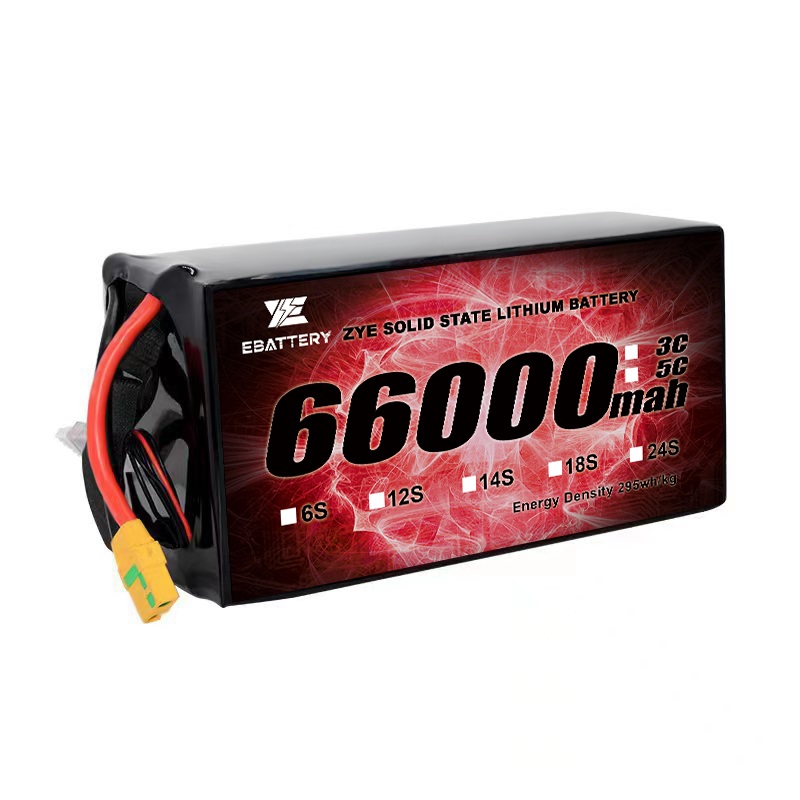How to use BMS on drone batteries?
2025-10-21
The “Smart Heart Manager” of Drones: BMS Board Pairing Strategies and Core Applications
In the world of drones, the Battery Management System (BMS) board plays a crucial role. How can you correctly pair and apply a BMS board for your drone? This article will provide an in-depth analysis.

I. What is a BMS Board? Why is it Indispensable?
Simply put, a BMS board is a circuit board embedded within a smart battery. It monitors and manages the “health” of lithium battery packs (typically LiPo batteries).
Monitoring: Real-time tracking of individual cell voltages, overall pack charge/discharge currents, and temperatures.
Management: Ensures consistent cell voltages across the pack via balancing functionality, preventing the “weakest link” effect.
Protection: Provides overcharge, over-discharge, overcurrent, short-circuit, and overheat protection—the lifeline preventing battery fires, explosions, or permanent damage.
Signaling: Communicates with flight controllers and ground stations via interfaces like CAN, SMBus, or I2C to report critical data such as remaining capacity and health status.
Without a BMS, your drone battery is like a home electrical circuit without fuses or meters—dangerous and uncontrollable.
II. How to Select a BMS Board for Your Drone?
Selecting a BMS board requires tailoring it to your drone's specific needs. Consider these four key dimensions:
1. Based on Battery Pack Architecture: S Count and P Count
S Count: Refers to the number of cells connected in series within the battery pack, directly determining the total voltage.
Number of Parallel Cells (P): Refers to the number of cells connected in parallel, affecting the battery's total capacity and discharge capability. The BMS must withstand the higher continuous discharge current resulting from parallel connection.
Matching Strategy: When selecting a BMS, it must perfectly match the battery's S count. Choose a BMS with appropriate current rating based on the maximum current estimated from the P count.
2. Based on Current Requirements: Continuous Discharge vs. Peak Current
Calculate the current required by your drone under maximum load.
Matching Strategy: The selected BMS must have continuous discharge and peak current ratings exceeding your calculated maximum drone requirement, with a 20%-30% safety margin. Using a BMS rated only for 30A on a drone requiring 60A will trigger protection due to overload, causing unexpected shutdown and crash.
3. Based on Functional Requirements: Balancing and Communication Protocols
Balancing Function: For high-performance drones, passive balancing is standard in BMS, extending battery pack lifespan.
Communication Protocol: This is the language through which the BMS “communicates” with the flight controller.
SMBus/I2C: Common in consumer-grade drones, featuring a simple protocol.
CAN Bus: Preferred for industrial and commercial drones, offering strong interference resistance, long transmission distances, and exceptional reliability.
Matching Strategy: Ensure the BMS communication protocol is compatible with your flight controller system. Most open-source flight controllers support CAN bus, making it the most recommended choice.
4. Size and Weight Considerations: Space Layout
Drones are extremely sensitive to weight and space constraints.
Matching Strategy: Prioritize highly integrated, compact, and lightweight BMS solutions. It should be cleverly positioned within the battery pack to avoid compressing cells or adding excessive weight.
III. Practical Scenarios for BMS Boards in Drone Applications
1. Consumer Aerial Photography Drones:
Pairing: Typically uses highly integrated, encapsulated smart batteries. Internal BMS is often 4S or 6S, featuring comprehensive protection functions and precise capacity calculation, communicating with the flight controller via dedicated protocols.
Application: Users can view dual battery levels accurate to the percentage in real-time via an app or remote controller, enjoying secure charging and discharge management.
2. Industrial-Grade Application Drones (Surveying, Inspection, Crop Protection):
Configuration: Due to extended mission durations and heavy payloads, these drones typically employ high-capacity battery packs with high discharge rates. The BMS must be industrial-grade, supporting CAN bus communication, with robust balancing capabilities and a wide operating temperature range.
Applications:
Precise Remaining Flight Time Prediction: During inspections lasting several hours, the flight controller uses BMS data received from the ground station to accurately predict remaining flight range, ensuring safe return to base.
Battery Health Diagnostics: BMS-logged data enables analysis of battery degradation, facilitating predictive maintenance to replace batteries before performance declines to hazardous levels.
Crop Protection Drone Battery Management: For high-intensity continuous operations, BMS balancing is critical to maximize utilization of each cell, extend the entire battery pack's lifespan, and reduce operational costs.
3. Racing Drones:
Pairing: Racing drones pursue extreme power-to-weight ratios, typically using 4S or 6S high-rate batteries. BMS selection prioritizes ultra-low internal resistance and exceptional discharge capacity, sometimes sacrificing some protection features for weight reduction.
Application: The BMS's core task is to deliver bottleneck-free current output while maintaining cell balance during aggressive maneuvers, ensuring power doesn't degrade during races lasting mere minutes.
IV. Summary and Recommendations
Selecting a BMS for your drone is a technical balancing act between performance, safety, longevity, and cost.
Beginner Approach: Choose a BMS matching your battery's S-rating, with ample current margin and basic protection/balancing features.
Professional Applications: Prioritize reliability by selecting industrial-grade BMS with CAN bus communication. Leverage its data to optimize fleet operations and maintenance.
In summary
Though compact, the BMS board serves as the intelligent core of a drone's power system. Properly pairing and utilizing it not only enhances flight safety but also extends your drone's operational lifespan and efficiency. When planning your next drone power solution, give this “intelligent heart manager” the attention it deserves.

























































